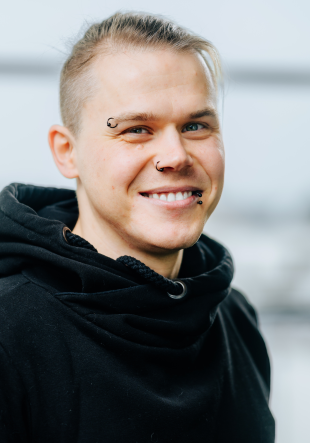Scientists from Paderborn University study quantum networks
“Optical quantum networks” form the basis for future technologies, like the quantum computer and the quantum internet. To date, one challenge in realizing these networks has been the need to connect many different components within a large system. Scientists from Paderborn University hope to overcome this hurdle through their research project known as “Qinos” (quantum components – integrated, optical, scalable), using thin layers of lithium niobate. The goal is to develop a simple integrated quantum network that will demonstrate the basic functionalities of large networks. The project will receive about 1.9 million euros in funding from the Federal Ministry of Education and Research (BMBF) for two years, beginning in September.
When it comes to quantum applications, thin-film of lithium niobate (Lithium niobate-on-insulator (LNOI)) is a promising candidate: “It allows functionalities that could not previously be realized, like fast electro-optical switches and highly efficient photon pair sources. Photons are small light particles that produce electromagnetic radiation,” explains Dr. Christof Eigner, who works for Leibniz Award winner Prof. Christine Silberhorn as Project Manager in the Integrated Quantum Optics Group. The scientists are using the material to develop an innovative, scalable way to connect a large number of functional elements to one another. “The outstanding properties of lithium niobate are already commonly utilized, for instance in the telecommunications industry. However, conventional lithium niobate components are reaching their limits, particularly in terms of integration density – that is, the maximum number of sources and switches that can be combined in a component. LNOI addresses precisely these weaknesses. For example, highly precise structures can be transferred to substrates using lithography. This allows us to realize complex quantum circuits with great application potential – something that cannot be implemented in this form on other material platforms,” continues Eigner.
The physicists are developing a network that combines an integrated photon pair source with an integrated wavelength-selective beam splitter. First, photons are created using laser light. Next, the pairs are split and made available for end use in different outputs. Eigner: “We are demonstrating the efficient generation of quantum light and routing, in other words essentially steering photons in a quantum network.”
In the future, the project results can be used to realize multi-functional, application-oriented quantum components and connect them into large, complex networks. Furthermore, involving industry partners will allow the entire value chain for photonic quantum hardware to be transferred to an industrial application. The team expects to see initial results as early as next year.
The BMBF is supporting the project as part of the “Quantum Technologies – From the Basics to the Market” funding program (funding reference number: 13N15975).
Nina Reckendorf, Press, Communications and Marketing Office


